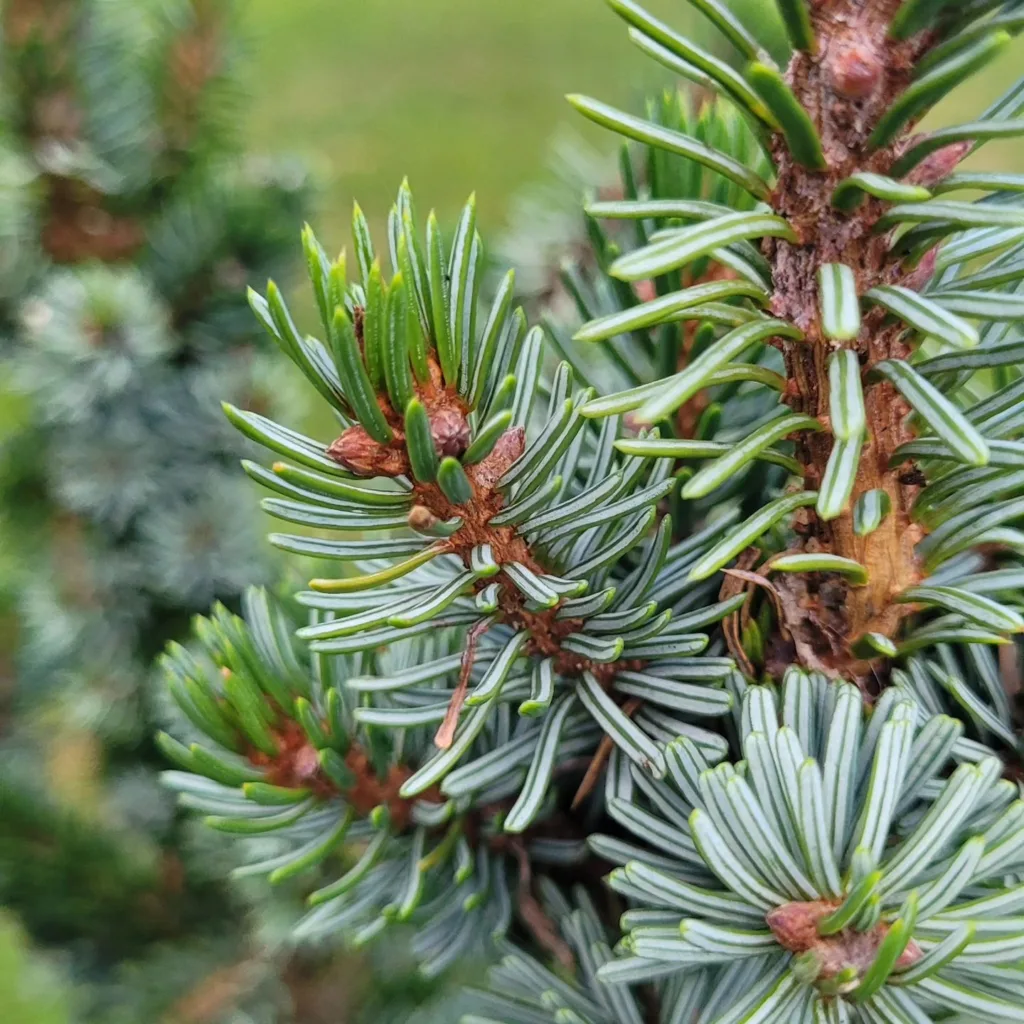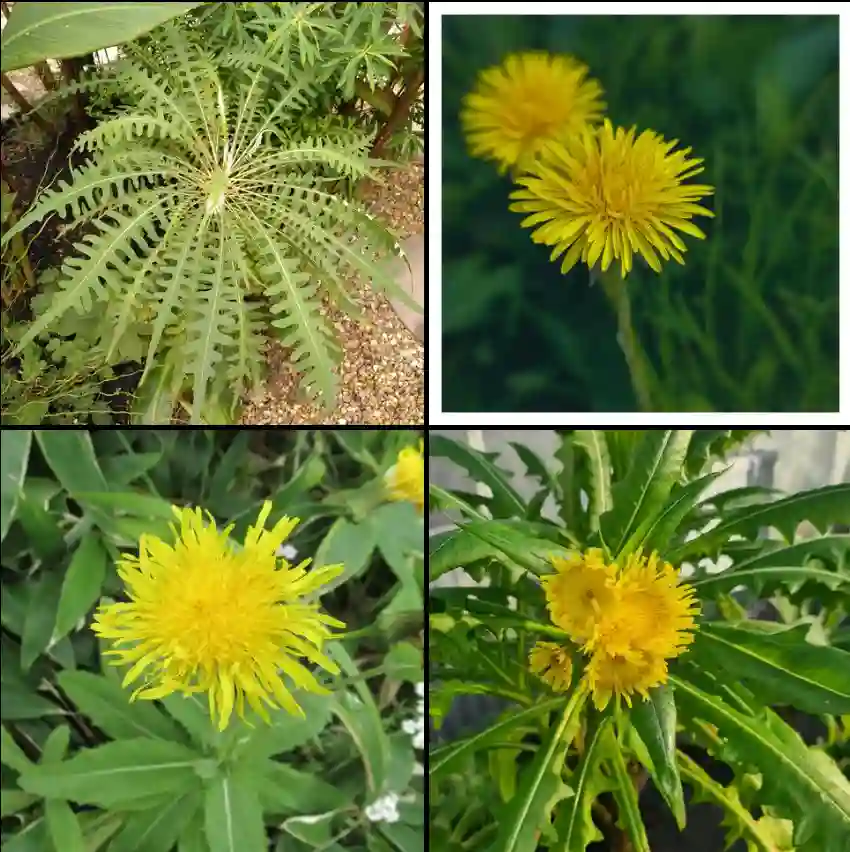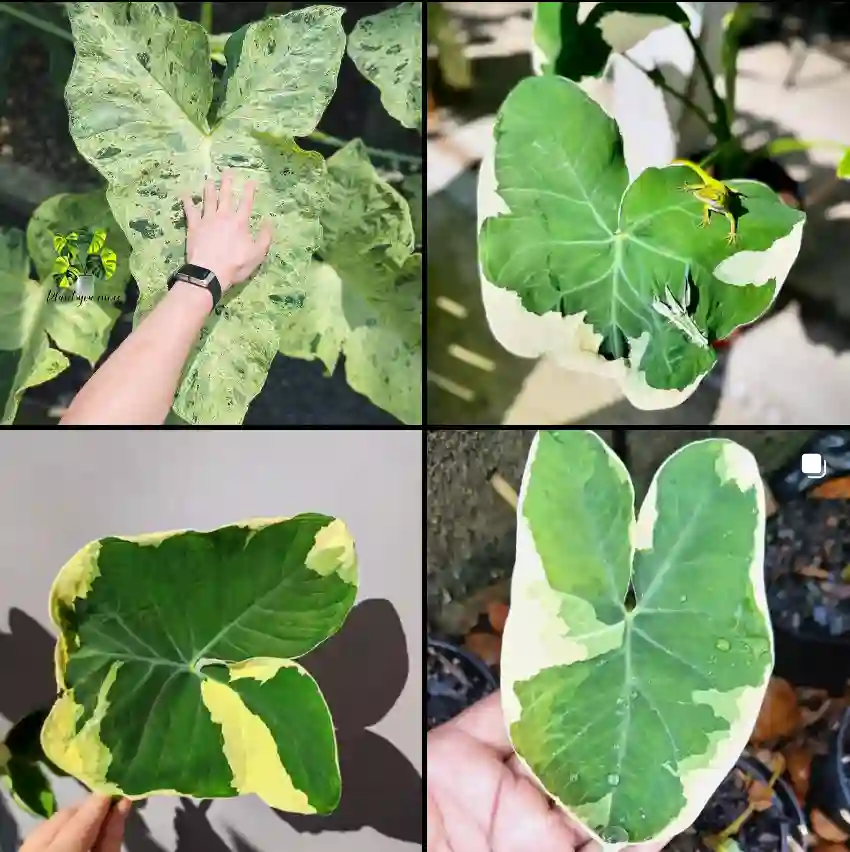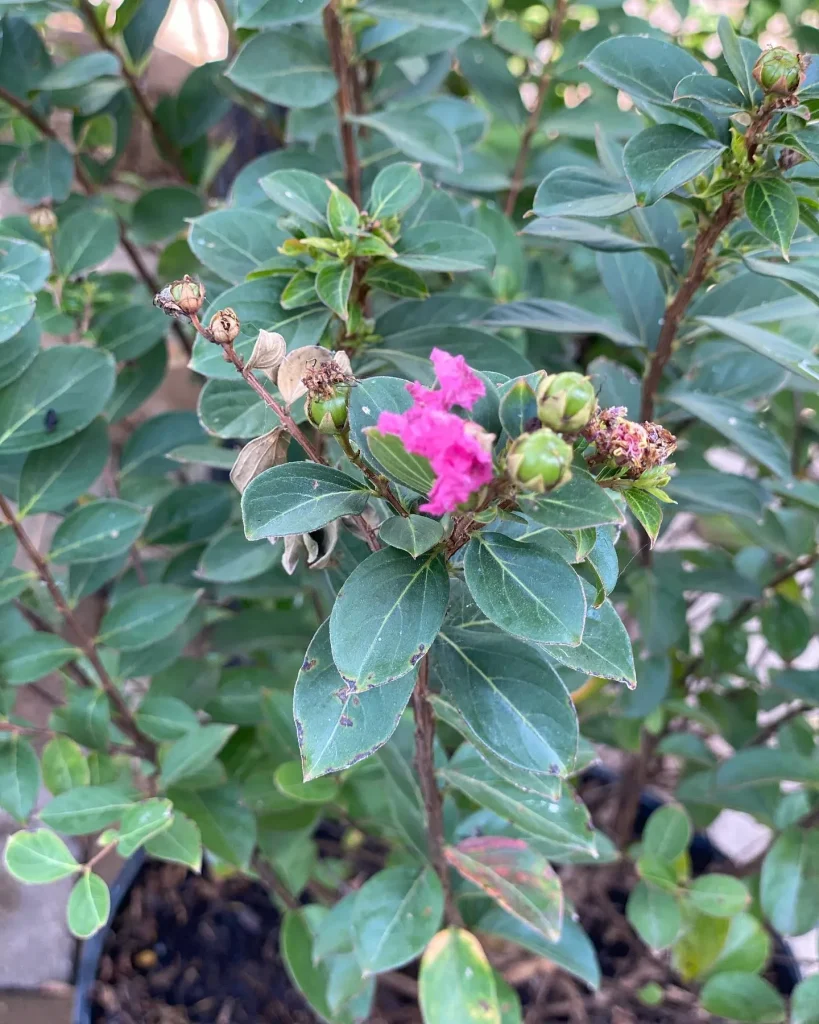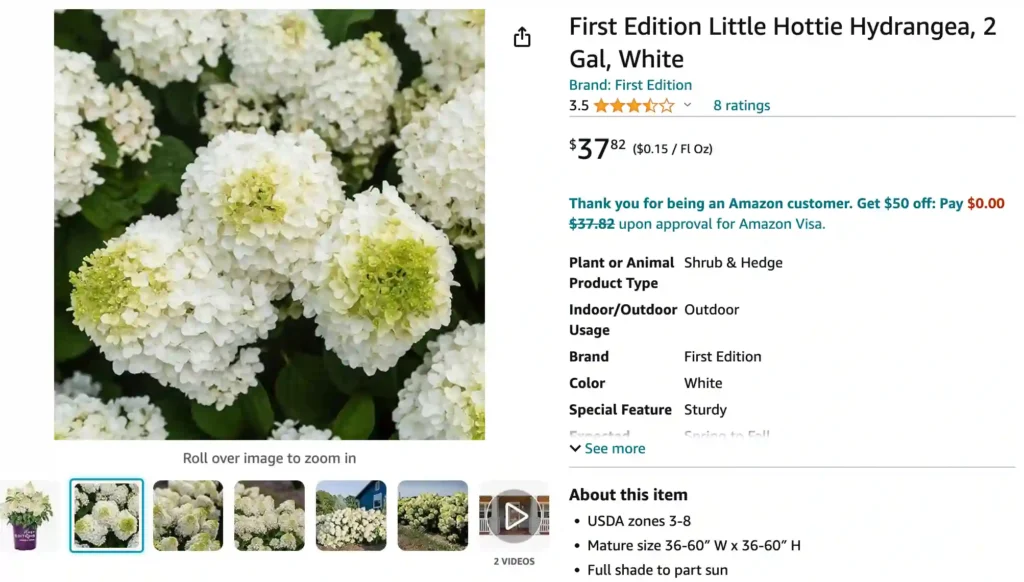
Little Hottie Hydrangea: A Compact Beauty for Busy Gardeners
My name’s Ferb Vu, and I’m a gardener with a penchant for low-maintenance plants that pack a punch. One of my recent discoveries, and a newfound favorite, is the Little Hottie Hydrangea. This compact shrub is a game-changer for smaller gardens or busy schedules. It boasts stunning blooms, thrives in heat, and requires minimal fuss.
Intrigued? Let’s delve deeper into the captivating world of the Little Hottie Hydrangea.
100 Species in Genus Hydrangea
What is a Little Hottie Hydrangea?
The Little Hottie Hydrangea (Hydrangea paniculata ‘Bailpanone’) is a panicle hydrangea cultivar known for its compact size and heat tolerance. Unlike its larger cousins, it matures to a manageable 3-5 feet tall and wide, making it perfect for smaller gardens or planting in containers.
The star of the show, however, are the blooms. The Little Hottie produces large, cone-shaped flower clusters that start off a vibrant white and mature to a soft pink in the fall. These blooms are a magnet for pollinators and add a touch of elegance to any garden.
Little Hottie Hydrangea vs Bobo
I’ve grown Little Hottie Hydrangea and found its compact size and vibrant blooms to be a standout feature in my garden, making it perfect for smaller spaces.In comparison, Bobo Hydrangea also offers a delightful display, but I’ve noticed its flowers stay on the bush longer, providing extended enjoyment.
Little Hottie Hydrangea vs Limelight
Little Hottie Hydrangea’s smaller stature and striking red-pink flowers are impressive, though Limelight Hydrangea’s large, lime-green blooms bring a refreshing contrast and bold presence.Limelight also seems to handle heat better in my garden, making it a resilient choice when summer temperatures soar.
How to Care for a Little Hottie Hydrangea?
The beauty of the Little Hottie lies in its ease of care. Here’s what you need to know to keep yours thriving:
- Light: Little Hotties enjoy full sun to partial shade. In hotter climates, afternoon shade is beneficial to prevent the blooms from scorching.
- Water: Consistent watering is crucial, especially during the first year of establishment. Aim for deep watering that saturates the root zone, allowing the soil to dry slightly between waterings.
- Soil: Well-drained, slightly acidic soil is ideal. Amending your soil with compost or peat moss can improve drainage and acidity.
- Fertilizer: An annual application of organic fertilizer in early spring provides a gentle boost.
- Pruning: We’ll cover this in more detail in a dedicated section below.
When to Prune Little Hottie Hydrangeas?
Unlike some hydrangeas that flower on old wood, the Little Hottie blooms on new growth. This means you have more flexibility with pruning without sacrificing flowers. The ideal pruning window is in late winter or early spring, before new growth emerges. Here’s what to keep in mind:
- Remove dead, diseased, or crossing branches. This promotes healthy airflow and prevents disease.
- Shape the plant. Prune for size and desired form. Remember, the Little Hottie is naturally compact, so drastic cuts aren’t necessary.
- Encourage bushier growth. For a fuller appearance, cut back stems by about one-third their length.
How to Propagate Little Hottie Hydrangeas?
Sharing the Little Hottie’s beauty is easy! You can propagate it through stem cuttings. Here’s a simplified approach:
- In late spring or early summer, take non-flowering stem cuttings about 6-8 inches long.
- Remove the lower leaves and dip the cut end in rooting hormone (optional but helpful).
- Plant the cuttings in a pot filled with a well-draining potting mix.
- Water thoroughly and keep the soil consistently moist, but not soggy.
- Place the pot in a location with indirect sunlight.
- Be patient! Rooting can take several weeks. Once new growth appears, you can gradually acclimate your new Little Hottie to the outdoors.
What to Plant with Little Hottie Hydrangeas?
The Little Hottie’s compact size and long bloom time make it a versatile companion plant. Here are some ideas:
- Perennials: Lavender, phlox, catmint, and hostas all complement the Little Hottie’s color palette and bloom time.
- Shrubs: Low-growing evergreen shrubs like boxwood or holly can provide winter interest.
- Container combinations: Get creative! Pair the Little Hottie with other flowering plants like calibrachoa or trailing petunias for a vibrant display.
By incorporating these tips, you can ensure your Little Hottie Hydrangea thrives and adds a touch of charm to your garden for years to come. So, if you’re looking for a low-maintenance bloomer with big impact, consider welcoming the Little Hottie into your gardening family.
If i die, water my plants!
